The Russian ‘Bear’ strategic bomber was built by the Soviet Union during the height of the Cold War with the United States.
Its initial design was based on the concept of a ‘Cold War Nuclear Bomber’.
The military planners in the Soviet Union wanted to replicate the United States success of its strategic bomber force during the Second World War. These planned aircraft mission parameters were based on the ability to fly 5,000 miles to hit targets in the United States while also carrying twelve tons of bombs.
This article is the opinion of the author and not necessarily that of the UK Defence Journal. If you would like to submit your own article on this topic or any other, please see our submission guidelines.
However, as we shall see in this article the Russian Bear has become a symbol of a resurgent Russia, testing and probing NATO defences, while delivering missile strikes upon rebel targets in Syria. It is still a force to be reckoned with.
Its national origin was the Soviet Union, and its manufacturer was Tupolev. Its first flight was on the 12th November 1952, and was introduced to Soviet military service in 1956. It served with the Soviet Air Forces as well as the Soviet Navy, until the collapse of the Soviet Union. Since then, it has been operated by the Russian air force.
One of the most revealing features of this bomber is its predicted longevity, as it’s expected to serve the Russian air force until at least 2040. This is incredible and shows how both its design and function as a military bomber is timeless.
This was by no means a small engineering feet, and the jet engines of the time burned out too quickly, which gave new life to the propeller design. This design of a propeller pain with the ability to carry a heavy payload paid off. It was one of the fastest propeller planes in existence going at a speed of over 500 miles per hour.
An interesting quote by the National Interest (2016) says as follows:
“The tips of its eighteen-foot diameter propellers actually spin at slightly over the speed of sound. The Bear is also one of very few propeller plans with swept – back wings, which only benefit aircraft at high speed. The TU-95 also had tremendous fuel capacity and could fly over nine thousand miles just using internal fuel”.
In terms of a routine Cold War bomber patrol fight, it would last ten hours, but for the Russian ‘bear’ propeller bomber it would last twice as long. The crew consisted of two pilots, and two navigators, with a crew that operated the guns and sensory systems. However, the increasing advances in military aircraft design rendered most bomber machine guns useless, and later variants would have only the tail gun.
The original design schematics for the Russian ‘Bear’ had two twin-barrel 23mm cannons in the belly and tail and a fixed gun in the nose. This was to act as a deterrence to any belligerence in the air.
The simple concept of the Russian bear meant it was to be used as a nuclear strike delivery aircraft. It would fly over the Arctic and drop nuclear bombs on targets in the United States. While the Russian ‘bear’ may be vulnerable to either anti-aircraft missiles or air-to-air missiles, the understanding was that some of the bombers would get through and deliver a crippling blow to the mainland United States.
However, nuclear strategic thinking shifted, and the Soviet Union considered a first-strike weapon to be housed in faster bombers as well as submarines. Therefore the new TU-95 had a different mission profile.
According to The National Interest (2016) article. The TU-95 was refitted for the following purposes (See Roblin, 2016):
- To address the vulnerability of the Russian bear bomber, it became a platform for long-range cruise missiles.
- The new TU-95ks would carry the KH-20 nuclear missile.
- The KU-20 missile would have a range of 300 to 600 miles.
- The Russian Bear would be used to shadow US Navy aircraft carrier battlegroups.
In addition, if there was an armed conflict between the United States and the Soviet Union the Soviet ‘bear’ bomber would launch a salvo of missiles which was designed to destroy US Navy ships and in particular carrier groups. In an actual war situation, the Soviet ‘Bear’ bomber would launch a crippling blow of numerous missiles to knock out the key capital ship, namely the aircraft carrier. Furthermore, the Bear’s ability to travel long distances means it could track enemy fleet movements and work within a squadron.
After the Cold War, and the collapse of the Soviet Union, the West and NATO did not see Russia as a military threat. However, with the election of Putin, he re-initiated Russian ‘Bear’ patrols which would test the air defences of NATO countries by using the bombers to fly really close to their airspace and thereby alerting their radar systems. This is still going on even today, and this is symbolic of how we are creeping back to another Cold War.
It is worth remembering that all the TU-95 bombers currently in service, are the Tu-95MS variant which was built in the 1980s and 1990s.
Politically, as a sign of Russia’s aspiring to achieve its once-lost status as a Great Power, President Putin announced the Tu-95 would fly patrols – 15 years since they ended. In addition, during the Russian military exercise of Oct 2008, the Tu-95MS fired air-launched cruise missiles for the first time since the days of the Cold War, when tensions were at their peak in 1984. The combination of missile technology and the durability of the Tu-95 design means it can continue to function as a strategic missile bomber for many years to come right into the 21st century. Its longevity can be comparable to that of the USAF B-52 bombers.
For those who are interested in aircraft design, this is emblematic of how a design can stand up to the test of time. If there is one aircraft the Tu-95 could be compared to, I would say it would be the United States Air Force B-52 bomber in terms of longevity. I have previously argued that the B-52 could be in service for up to a century (Steward, 2019). This United States bomber is also predicted to see service into the 2040s (Wired, 2016). The Tu-95 was also created in 1952. What is even more fascinating is that in Russia’s Air Force inventory, there is a fleet of bombers which can exceed the speed of the ‘Bear’ bomber, as well as deliver a larger payload to its targets. However, this does not mean that this particular workhorse of the once Soviet now Russian Air Force is going to pack up anytime soon. Now we turn to Syria.
According to The National Interest, the Russian intervention in the Syrian campaign was the first time it the TU-92 saw combat as a bomber (Roblin, 2017). In the fall of 2015, The Russian government was proud to show the plane launching cruise missiles which went on to destroy the positions of Syrian rebels. It was the first time this bomber performed counter-insurgency operations and delivered a knockout blow from the air, with an impressive display of airpower.
To summarise, the Tu-95 still has the potential to strike fear, and admiration for those who have respect for an aircraft which has spent so long in service, and in a digital age still can perform a valuable function as a strategic bomber. Its new purpose is to serve the Russian national interest and to provide a ‘deterrence’ in the form of travelling and probing NATO airspace while also carrying out counter-terrorism operations in Syria by bombing rebel targets. It operates within the range of three continents, in Europe, Asia and North America, and tests out air-defence systems. While it is predicted this will stay in service for years to come, its mission profile and adaptability mean it is expected to continue into service until 2040, I personally predict this would be extended into the 2050s and beyond.
The Russian bear bomber took part in the initial assault against Ukraine, during the opening wave of missile strikes on the country back in February 2022 (Cenciotti, 2022). Furthermore, it took part in cruise missile strikes against Vinnystsia, Ukraine in March 2023, along with TU-160 strategic bombers – targeting the runway.
The advantage of these aircraft, in the context of the Ukraine conflict is that it can fly some distance, launch its cruise missiles and fly back to a bomber airbase, without fear of getting hit by a surface-to-air missile. During the Cold War, these bombers would be armed with nuclear cruise missiles, and at a distance would launch a ‘strike’ on NATO – at a distance. These military tactics have been refined, with the use of cruise missiles against Ukrainian military and civilian infrastructure (Ukrinform, 2023).
However, these aircraft have also been subject to ‘Drone’ attacks, as the Ukrainians launched modified ‘Soviet-era’ Drones to strike at a bomber airbase in December of 2022 (Newdick, 2023). Furthermore, these aircraft have also been flown close to NATO airspace, in order to demonstrate Russia’s resolve, in its willingness to undertake long-distance bomber missions close to NATO’s borders.
References
Cenciotti, D. (2022). ‘The Russian Attack On Ukraine Is Underway. And This Is A First Recap Of What Has Happened Thus Far., [Online] Available from: https://theaviationist.com/2022/02/24/russian-attack-on-ukraine/
Newdick, T. ‘Ukraine Modified Soviet-Era Jet Drones To Hit Bomber Bases, Russia Claims (Updated)’ [Online] Available from: https://www.thedrive.com/the-war-zone/ukraine-modified-soviet-era-jet-drones-to-hit-bomber-bases-russia-claims
Steward, O. (2019). ‘Could the B-52 bomber fly for 100 years?’, UK Defence Journal, [Online] Available from: https://ukdefencejournal.org.uk/could-the-b-52-bomber-fly-for-100-years/
Roblin, S. (2016). ‘The Tu-95: Russia Has Its Very Own B-52 Bomber’, [Online] available from: http://nationalinterest.org/feature/the-tu-95-bear-russia-has-its-very-own-b-52-bomber-17571
Roblin, S (2017). ‘Russia’s Tu-95 Bear Bomber: Everything You Need to Know’, [Online] Available from: http://nationalinterest.org/blog/the-buzz/russias-tu-95-bear-bomber-everything-you-need-know-20484
UKRINFORM (2023) ‘Missile Strikes on Vinnytsia airfield launched from Black Sea’ [Online] Available from: https://www.ukrinform.net/rubric-ato/3422140-missile-strikes-on-vinnytsia-airfield-launched-from-black-sea.html
Wired, (2016). ‘How on Gods Green Earth is the B-52 still in service’, [Online] Available from: https://www.wired.com/2016/04/gods-green-earth-b-52-still-service/




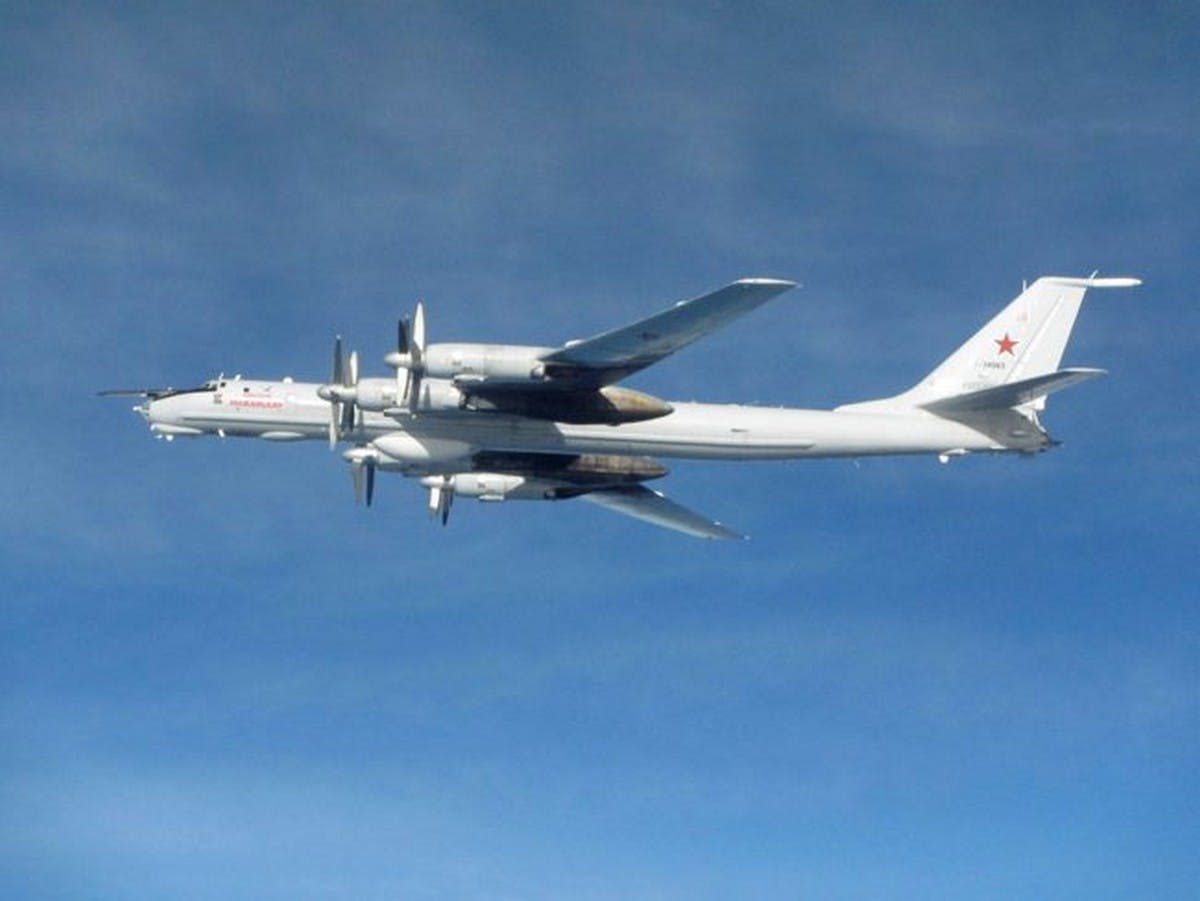
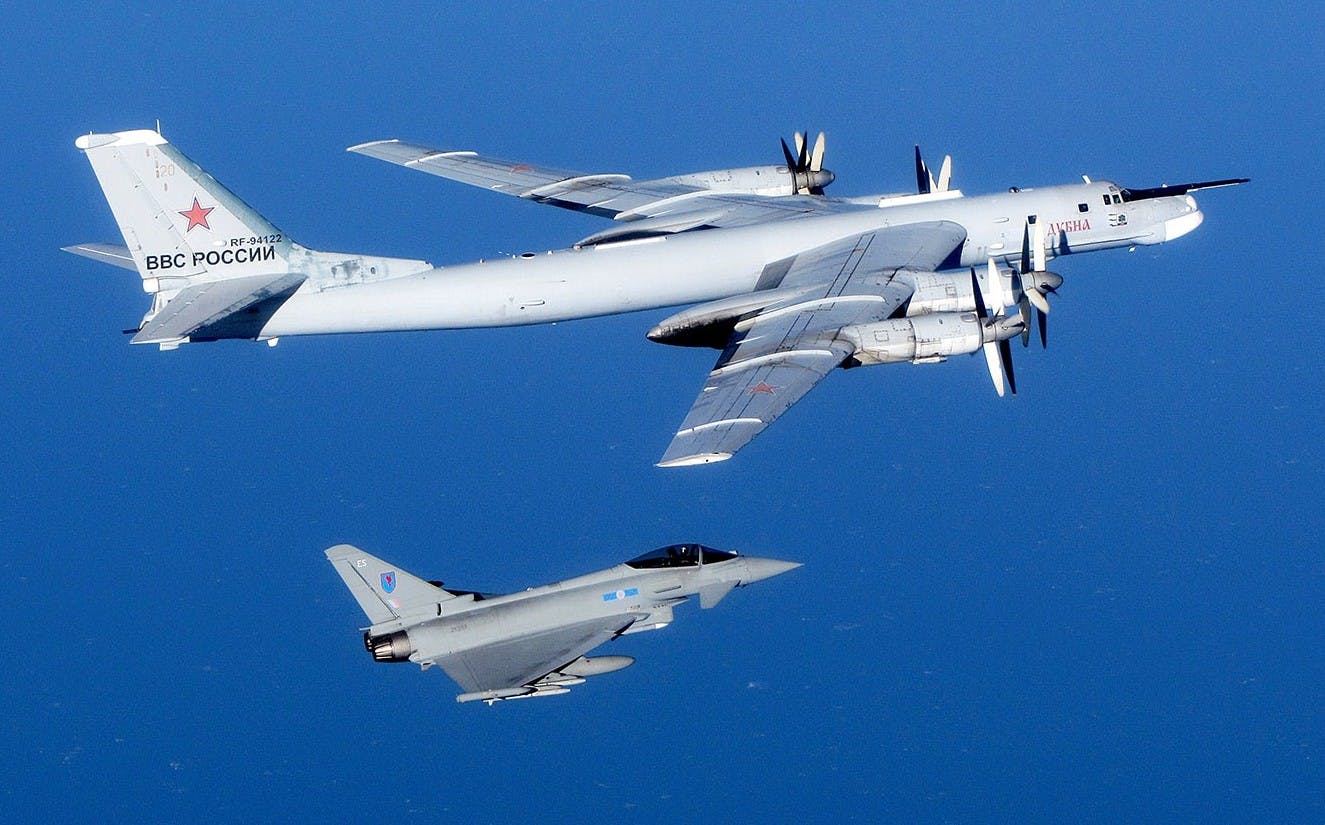
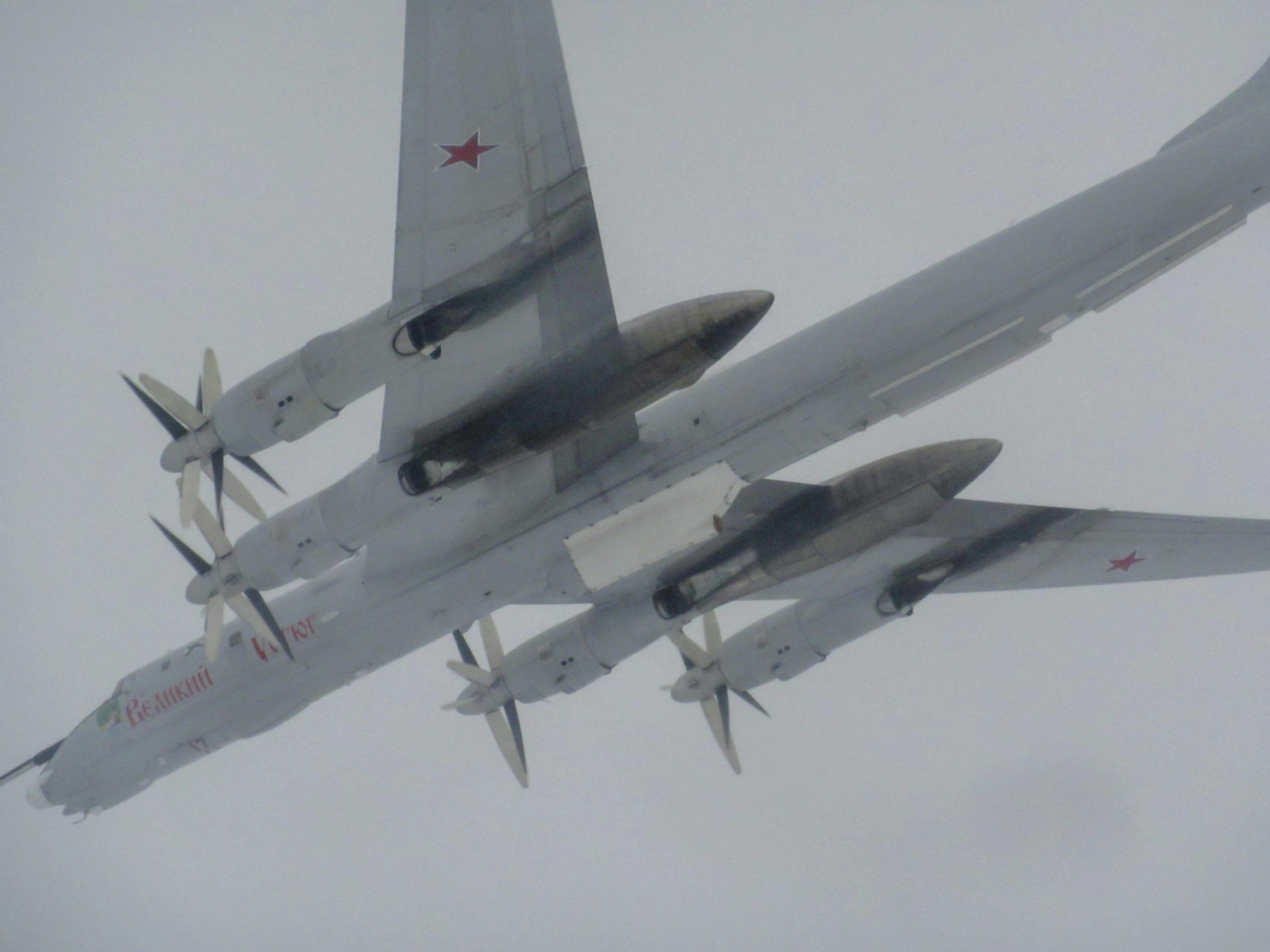
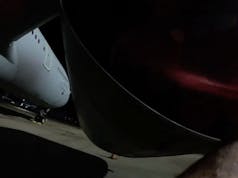

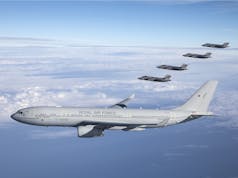


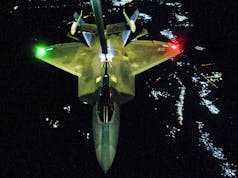

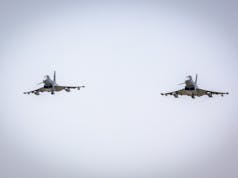

An excellent article; many thanks.
Great article, it almost went under the radar.
Under the radar? No, that was definitely a Vulcan.
Don’t know whether it’s purely emotional or rational, but I keep feeling that the RAF should still have Vulcans around today…
A good few years ago I paid a visit to the Dogdyke Steam Pumping Station – a museum – at Tatershall, Lincolnshire. The museum is on the approach to the runway at Coningsby and the real highlight of the day turned out to be the BBMF Lanc coming into land – very low and directly overhead. The emotion this stirred within me was overwhelming. Also looking on was a guy who was in his 80s who related that when he was a boy, the sky was full of Lancs.
When I was a boy it was not at all unusual to look up and see four Vulcans flying directly overhead, over my school or over my house, approaching Scampton or Waddington – sometimes in echelon formation, sometimes diamond. When walking in the Lake District I even recall looking down on a Vulcan flying through the valley beneath.
Whilst the Vulcans’ fatigue life had expired upon their retirement, I do sometimes wonder whether the RAF might have been better procuring an aircraft with legs rather than something purely tactical.
“I do sometimes wonder whether the RAF might have been better procuring an aircraft with legs rather than something purely tactical”
With the arrival of SLBMs on an SSBN, they made the nuclear role of the V bombers redundant.
Faster and Impervious to a 1st Strike and harder to intercept.
The Vs were always vulnerable to being destroyed at their bases, even with dispersal, or interception by the Russian VPVO.
Ideally the RAF would have kept the Vulcans for another role beyond the AAR role some found, but as usual, money.
The main threat was from the GSFG so the Tornado GR1 was needed to interdict into East Germany and Poland, in all weathers, at night, with nukes if necessary. A Vulcan was not needed for that.
I made no mention whatever of retaining the Vulcans – I did say that in terms of their fatigue life, they were retired on time. Nor did I refer to a nuclear role. Once the job of nuclear deterrence passed to the Navy, the Vulcans’ moment came not with a nuclear payload but with WW2 vintage dumb bombs and with some marvelous improvisation, the delivery of Shrike anti-radar missiles over extreme range. That having been said, do remember that both the Royal Navy and the RAF retained their capability to deliver WE.177 into the 1990s – and so well beyond the time that the SSBNs took over the principal burden of nuclear deterrence: whilst not the main plank of deterrence, WE.177 served along with its tactical role(s) as a complicating factor for would-be nuclear adversaries.
The point I was making was a wider one – a very general one – about the RAF losing its offensive reach. That was the ‘with legs’ bit. Long legs. Longer legs than even the venerable Vulcan (and Victors). I thought readers might see what I was hinting at. I’m by no means unique in these the reflections, along with those behind the capabilities of aircraft like – but not specifically – the Nimrod MRA4, and any other aircraft that might have been conceived of or adapted to carry offensive capability beyond the limited range of tactical aircraft.
I didn’t day you did OB, I suggested that it would have been good, if it were possible, which it wasn’t.
I know the RAF retained WE177, I referred to it in my post above re the GR1s nuclear role.
Yes, lI’d have preferred WE177 retained.
Agree with the offensive reach point. We have greater reach now in other areas like AAR and Strategic Transport, but as you say lack the legs, and mass, in the interdiction and strike role.
Just a rider to say that I now feel bad that I’ve done the V-bomber force – the Valiants, the Vulcans, the Victors and the entire entourage – a great disservice. Significant though they were, the Black Buck missions weren’t really the pinnacle of the bombers’ career – the pinnacle was the unsung one, the time during which the V-force carried our strategic nuclear deterrent and not only that but kept Britain at or close to the top table.
Regarding the deletion of WE.177 from the arsenal, I too with hindsight think that premature. Politically it is easier to retain a capability than try to reintroduce it (the aircraft carriers’ saga is a case in point). When the announcement was made that we were again to increase our nuclear warheads stockpile, I did wonder whether there might be secret remanufacture of at least some WE.177 or something like it. I never got around to it and nor am I sure that I’d get anywhere if I did, but it crossed my mind to submit a FOI request to determine whether we had the capacity to reproduce such a munition at short notice.
Hi OB.
Cor! There’s a FOIA request. I’ve asked plenty in my time, including some juicy ones like that.
The answers are always amusing.
I’d guess we can, but that is a total guess given AWEs other ongoing work on Trident.
If I recall correctly, the V-bombers were also expensive; maintaining the air-leg of the nuclear force was consuming something like 10% of the military budget when they were axed. I think they’re amazing, but I can understand why the cash was “re-prioritised” in this instance.
Were they? Didn’t know that.
Yes, Vulcan looks awesome.
Yes, read it in a government report covering the history of Britain’s nuclear deterrent. It’s available from the commons website, or at least it was last time I looked.
I remember going to see one of the non-flying ones, they were looking to get it to a point they could taxi it. Not sure whether they ever managed, but I hope so.
I’m sure I’d heard they did. I know a couple who paid towards that and who’s names are written, with other doners, in the undercarriage.
Don’t think a Tu-95 would fly under the radar – 4 sets of very large contra rotating props must have a radar return equivalent to a decent sized wind farm!
They will continue on as ALCM platforms. Much the same as the B-52.
Still prefer the long-term prospects of BUFFs, especially after completion of engine and radar mods.
Yes, a very good article.
In the old days we had the excellent Tornado ADV, which could intercept Russian bombers over the Baltic. Now we have quick reaction Typhoons which intercept them near Scotland – hopefully before they can use their long-range stand-off missiles.
Tornado F2/F3s predominantly intercepted Tu95s, Tu22s and Tu160s not only in the North Sea, but also around Iceland. Initially the Soviet Aircraft would fly along the Norwegian coastline, escorted by Norwegian F16s. This would then be handed over to the RAF’s Tornados or USAF F15s flying out of Iceland, depending on which way they flew around Iceland heading for Cuba.
Typhoons today do the same role. It all depends on how the Russian aircraft are behaving. Some times they fly from the North Cape to Kaliningrad, then via Denmark into the North Sea. Where they are escorted all the way when they enter NATO airspace. They very rarely turn south from Denmark towards the Channel. Though they have done this once or twice. It gets everyone in a massive flap, as they don’t fly with a IFF transponder turned on, plus they cut across numerous civil air routes. Normally they turn from Denmark toward the Shetlands and fly into the Atlantic that way.
Their normal patrol routine is from the North Cape, along the Norwegian coastline then past Iceland into the Atlantic. Recently they make big loops where they fly along the West of Ireland and then down in to the Bay of Biscay. Whereby they either reverse their course or head across the Atlantic to Cuba. Where they fly up the Easy coast of the US and Canada, sometimes into the Artic or between Greenland and Iceland back to their North Cape bases. When the fly back they have been known to fly into the Atlantic to loose the French escorting Rafales, then head directly for Ireland. This is a major problem for NATO, as there is no long range search radar in Ireland.
Great article. makes you think about old aircraft though… come back Shackleton, all is forgiven.
pity the crew inside those Bear- noisy as. I’ve been next to Shackleton’s on start up taxi- a few times, massively noisy as well.
The SAAF museum has a Shack mk 3 and regularly do engine runs. Some years ago, the engine slipstream managed to blow over the perimeter brick wall directly behind it. I think its on You tube
It is.
My brother flew aircrew on Shackletons back in the day and he would definitely agree re internal db levels.
👌
“A resurgent russia” seems this article was partially written before the war. Russia is anything but resurgent now, their military is the laughing stock of the world and not a threat to anyone other than Ukraine.
The fact that they can lose 300,000 in casualties and despite endless losses of equipment they are still in this war still sends a chill down my spine. As Ukraine itself said no European or Western Country generally would be able to tolerate such losses and likely re elect their leader. But yes for the foreseeable future with their population in decline (esp the indigenous ‘Russians’) its non nuclear threat is much reduced IF NATO stays united, self aware and vigilant. If we again lose interest in defence come whatever peace comes about I would still be deeply concerned about their threat even if on paper the balance seems to be with the West, even the Europeans with present re armament. But who knows what ructions can occur if a Trump Govt comes about. If they are allowed to get a beneficial result even now in Ukraine, again as that Country has warned the threat to Europe could get very scary over time as Russia seems not to have escaped medieval thinking from top to bottom while much of the West so typically as Musk personifies remarks how important it is to get back to the status quo so they can do business again.
Its unbelieveable but as its casaulty numbers, then there would be a certain number back in the fight. They used a lot of prisoners which helped also with numbers.
The frontline Russian medical support isn’t very good so once guys are seriously injured they are out.
I do think the Putin will run out of meat for his grinder.
I also think that Russia is struggling much more to procure and produce shells that we think. Given the inherent inaccuracy and poor range of Russian gunnery they need 50-100x the numbers of shells for the same effect. That is what you get for using WWII era technology to fight the Ukrainians who have digital sights on all the NATO provided kit.
Let that sink in for a moment.
So if NATO sends 200k shells the Russians need 10,000,000 shells for the same effect.
Particularly noted your above comment ‘(Russia’s) non nuclear threat is much reduced IF NATO stays united’.
In the eastern European context, Hungary under Orban is naturally of current concern. But, for me at least, I’m constantly musing where we’d be if Turkey decided at some point that Russia/China offered a greater attraction than the cynical politicizing evident within the United States, with Ramaswamy the latest candidate to mimic Trump, should such a vacancy arise post current legal proceedings. I’m sure similar thoughts have not escaped the Putin-Xi axis, either.
Whilst I can see the relevance as stand off delivery systems when the enemy can’t fire back however it is difficult to imagine they would last long against a peer.
Could a B-52 penetrate Russian air space in the high north and evade Mig-31 interceptors? Could a Tu-95 penetrate UK air space in the North Sea and evade Typhoon interceptors with Meteor AAMs? Two hypothetical situations that I thought were assigned to history, but maybe not so. All I know is perhaps the time has now come for the RAF to reinstate a nuclear bomber force, or somehow join the B-21 program. We need a stealth bomber with the ability to penetrate Russian airspace undetected and at long range, with the option of nuclear or conventional weaponry, the Russian’s would not know what has hit them. This would be a tremendously expensive undertaking but one I feel is vital if Russia and China continue with there own stealth bombers. We shouldn’t be totally reliant on the US to offer this capability to NATO. We can do it alone if the political will is there, as we did with the v-bomber force. A stealth bomber would give an unparalleled capability that Trident can’t give us, bringing more options to the table, it would also blur the line between nuclear and conventional warfare, this could work to our advantage as it would delay Russia in making decisions with regards to offensive actions. In summary if Russia/China can develop, manufacture and deploy nuclear bombers, then so should the UK, we should be able to out do them on every level militarily.
B-21s are like a billion $ per plane. Just saying.
Do the Russians still use these as ELINT assets to find NATO ships alongside satellites? Destroy this, disrupt the Russian fire chain.
Yes, they have a number of ELINT and Recce versions, mostly used for spying on NATO carrier groups. They are not in the same league as a Rivet Joint for example. The Maritime recce version is used as the spotter for the Tu95s mounting an attack on carrier groups. You can tell it apart from the standard bomber version. As it has a huge radar fairing underneath the aircraft.
Last B52(H version) was built in 1962, the last TU95 in 1994.